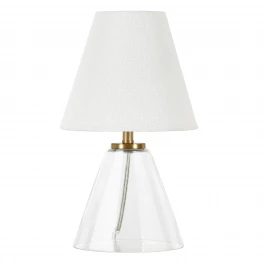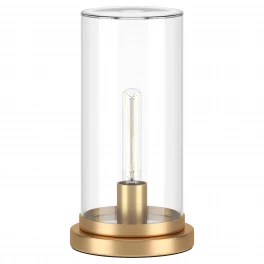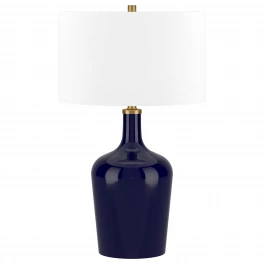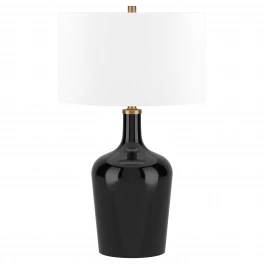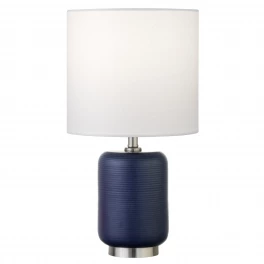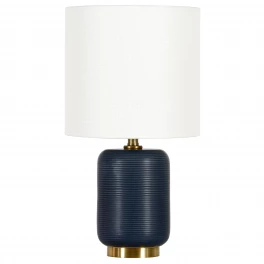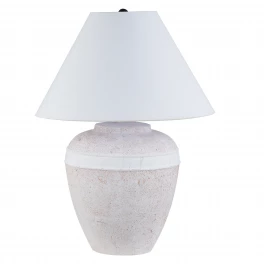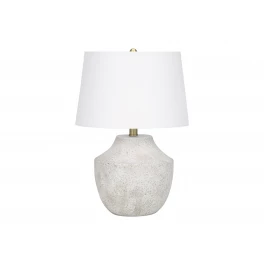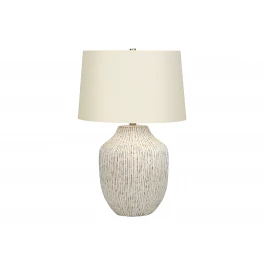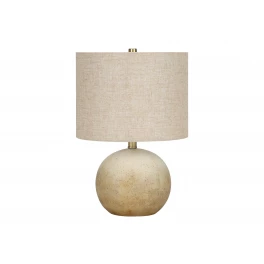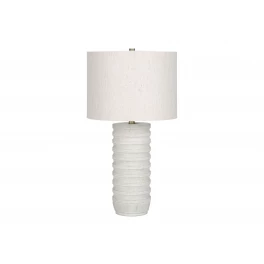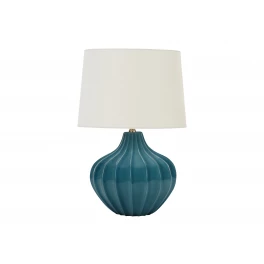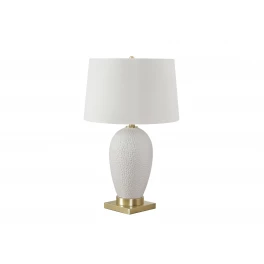Transom windows have been a major hit among architects and homeowners alike dating back several centuries. But, unless you’re an architect yourself or have a great eye for historical homes, you might be thinking: what in the world is a transom window?
Luckily, Transom windows are not all that complicated to comprehend. To put it simply, Transom windows get their name because of where they’re placed – over the Transom. The Transom is the solid beam or piece of wood that separates the top of the door or window from the lower part of the wall. Transom windows have become architectural marvels partly because of their function and utility, but they’re mostly sought after for their distinct aesthetic appeal. They are most seen and used over doors, but, occasionally, Transom windows will be applied atop another window.
In the early days, Transom windows were simply holes to increase ventilation and let in some light. However, as time went on, Transom windows have become high-end and posh, often a clear sign of status and power. Before we get into the amazing utility of Transom windows and why exactly you should use them, lets learn a little more about them.

Photo by Artazum on Shutterstock
Architecture
In architecture, a transom is a transverse horizontal bar that separates the door from the window that sits above it. It can also be a crosspiece above the doorway that allows for plenty of natural light. Ideally this would fill your entryway, alleviating the necessity for much additional lighting in the area.
The transom windows above the doors come in a variety of grille styles and patterns, depending on the architect or designer. They used to be installed for utility and function more than they are today, but they can still be extremely effective, even if they’re mostly seen as decorative. Fancier style homes with massive rooms and entryways can really showcase the amount of natural light Transom windows bring to the table.

Photo by Kenneth Sponsler on Shutterstock
History
Perhaps the most famous and recognizable Transom windows are that of 10 Downing Street in London. 10 Downing is the headquarters for the government of the United Kingdom, and since the early 20th century has housed the Prime Minister.
The residence is over 300 years old and contains 100 rooms, and still, the thing most people know about it is the beautiful, classic Transom windows. It’s located in the city of Westminster, with Buckingham Palace and the Parliament located conveniently nearby. Around the time the building was constructed (sometime in the 17th century), Transom windows were widely used because, you guessed it: they allowed in plenty of natural light.

Photo by pcruciatti on Shutterstock
Function
Other than looking elegant and allowing in light, what are the other functions of Transom windows? And, where should I use them? Prior to the invention of electricity, Transom windows were most commonly used in front of entryways, hallways, and vestibules – which is where you are still most likely to find them today. Today they are used because of how architecturally pleasing they are, as there visual appeal is the major selling point. Today, most homes allow for natural light, and with modern ventilation they’re generally not needed to improve air flow.
They improve air flow because heat rises, so Transom windows would allow for the air near the top of any given room to better circulate. So, if you are having circulation problems in a certain area of the home, say an elevated basement or a pool house, I’d definitely give Transom windows serious consideration – they’ll help with mold and mildew too! Also, if you don’t have central air conditioning this could be a welcome home addition during the balmy summer months.

Photo by Javani LLC on Adobe Stock
Transom Windows Today
Serious homeowners are all about the details, so of course they are still going crazy over the subtle style Transom windows bring to even the most modern homes. Despite the modern inventions and conveniences, there are still a ton of reasons to install Transom windows today. For example, if you have really wide doors they can serve as a conduit between the doors and the surrounding support structure – while simultaneously looking stylish!
However, some Transom windows today do not even open and are purely decorative. They are simply to create visual appeal and to get architecture buffs excited. Even so, you still do get the added stream of light, just not the circulation and air flow that some homes desire. Still, they are one of the most popular architecture design details in both antique and modern homes.

Photo by G_r_B on Shutterstock
By now you should be comfortable with what Transom windows are (the solid beam or piece of wood that separates the top of the door or window from the lower part of the wall), and where you should use them. Transom windows have become architectural masterpieces somewhat because of their function and utility (airflow and light!), but they’re more sought after for their distinctly stunning visual appeal these days.
Finally, if you’ve been bothered by the lack of light in your homes open areas, I think it’s about time you seriously considered Transom windows.




